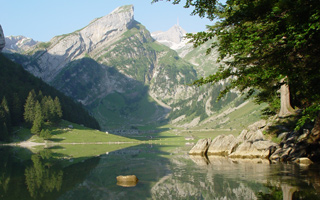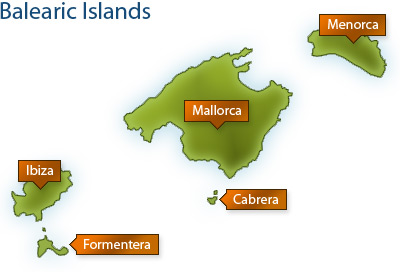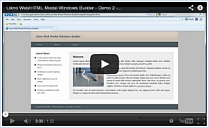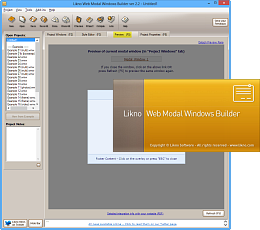Choose Examples for...
menus
 modals
modals
 tooltips
tooltips
 tabs
tabs
 accordions
accordions
 scrollers
scrollers
 trees
trees
 buttons
buttons

The jQuery modal window examples below cover most of the properties found on the software, offering you interesting hints and ideas on how to create your own useful and stylish modal windows (dialogs) for your web pages:
Click below to see Navigation Bar options of "multi-sheet" windows:
Click below to see a Modal Window displaying a single image:


See Modal Window examples displaying a SlideShow of images (Photo Gallery):
SlideShow 1 SlideShow 2 SlideShow 3 SlideShow 4
*SlideShow 4 blends both Content (HTML) and Image slides in one cool presentation!
SlideShow 1 SlideShow 2 SlideShow 3 SlideShow 4
*SlideShow 4 blends both Content (HTML) and Image slides in one cool presentation!
Embedded Modal Window- click to see a Modal Window whose content
is specified within the application and retrieved from the project's
compiled file.
is specified within the application and retrieved from the project's
compiled file.
The following is an Image Map (product-related image with hotspots).
Each separate area on the map opens a different modal window per product:

Each separate area on the map opens a different modal window per product:

Click below to see thematic Modal Windows, using stylish frames
from our Photo Frame Show service:


from our Photo Frame Show service:


The following is an Image Map (image with hotspots), where each island is a separate area on the map.

Click on any island (area) to open a different modal window per island:

(for "how-to" instructions view "Example 18" in the application)
HTML file- click to see a Modal Window whose content is another HTML file
of this website, accessed with AJAX technology.
External Website- click to see a Modal Window displaying an external website.
- click to see a Modal Window with no footer.
Closing Options- click to see a Modal Window that includes all available closing options (images, 'Esc', overlay and custom areas).
With Header- click to see a Modal Window with header (and footer).
Click below to see a Modal Window displaying a YouTube video.


Click on any of the following different links to show the same Modal Window:
Link 1 for same window
Link 2 for same window
Link 3 for same window
The above example demonstrates that you can show the same modal window by clicking on several different page elements and not just one. How? (modal window opens with explanation)
See Modal Windows whose content is a hidden Page Element
(an element existing inside this page's HTML code, as you can see with "view source"):
- A hidden Form element of this page - Hidden Form
- A hidden Paragraph element of this page - Hidden Paragraph
- A hidden Div element of this page - Hidden Element
(an element existing inside this page's HTML code, as you can see with "view source"):
- A hidden Form element of this page - Hidden Form
- A hidden Paragraph element of this page - Hidden Paragraph
- A hidden Div element of this page - Hidden Element
Client Testimonials
Warning: Constant ABSPATH already defined in /usr/home/frames/public_html/likno/blog/wp-config.php on line 24
Fatal error: __autoload() is no longer supported, use spl_autoload_register() instead in /usr/home/frames/public_html/likno/blog/wp-includes/compat.php on line 502







